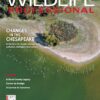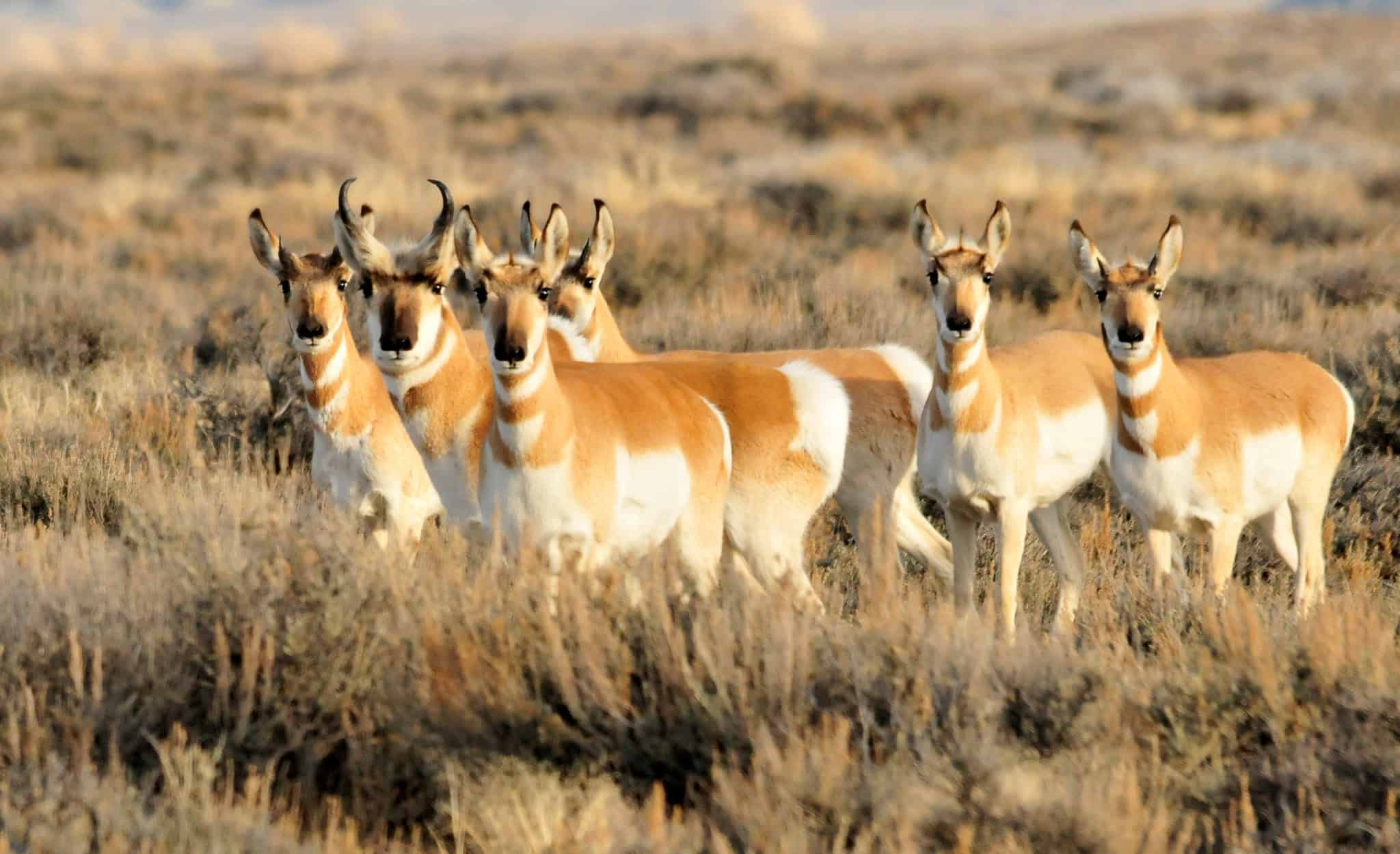Share this article
JWM: Wildfire ‘a primary threat’ to sage-grouse
When wildfires scorched 1 million acres of greater sage-grouse (Centrocercus urophasianus) habitat in the Great Basin in 2012, it affected the survival of the birds, but it offered researchers a rare chance to study the effects of large wildfires on them.
They found that females return to scorched landscapes after wildfires, reducing their survival and nesting success for two years.
“Up to this point there haven’t been a ton of studies that have investigated a demographic response to wildfire,” said TWS member Lee Foster, the lead author of the paper published in the Journal of Wildlife Management. “We felt like we were fairly lucky — or maybe unlucky — to have the opportunity to do the study.”
Among the fires that burned across the region that summer was the Holloway fire, which burned 462,000 acres straddling the Oregon-Nevada border. It was a landscape dominated by sagebrush and prime habitat for greater sage-grouse, a species of conservation concern.
“Immediately after the fire, ODFW decided that this was an opportunity to get some research done,” Foster said.
Biologists fitted 58 birds with GPS “backpacks” in 2013 and 2014 to track their movements so they could monitor their nesting and survival. They found the birds continued to use habitat following the fire, even though the blaze had decimated the sagebrush.
“Fires in the sagebrush ecosystem essentially remove all vegetation for the first several months post-fire,” Foster said. “Sagebrush is highly fire-intolerant. Essentially if fire touches a sagebrush shrub, that shrub dies and often is completely consumed. Essentially, you have a moonscape from the time the fire occurs in August through mid-April.”
Researchers found monthly adult survival rates “were significantly reduced” and period-long nest survival “was consistently low” compared to other areas: 22.7 percent in 2013 and 35.5 percent in 2014.
For a species facing long-term population declines, researchers concluded, “increased wildfire activity constitutes a primary threat” to the birds in their western range.
The findings point to the need to suppress wildfire in sage-grouse habitat, Foster said.
“We should limit these megafires to every extent possible,” he said. “The evidence is really pointing to the fact that when you have one of these 100,000- to 500,000-acre fires, your associated sage-grouse population is going to experience severe reduction.”
TWS members can log in to Your Membership to read this paper in the Journal of Wildlife Management. Go to Publications and then Journal of Wildlife Management.
Header Image: Researchers in Oregon found that wildfires posed a significant threat to greater sage-grouse. ©Tom Koerner/USFWS








